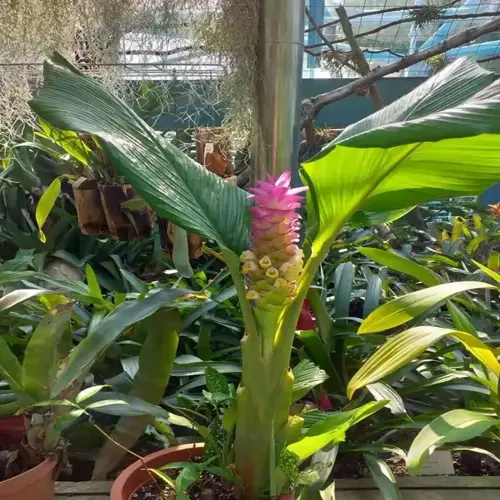Why are certain succulents illegal to propagate?

Written by
Julia Anderson
Reviewed by
Prof. Charles Hartman, Ph.D.Intellectual property rights and conservation requirements are the reasons propagation restrictions for some succulents exist. Many gardeners are unaware that propagating new plants from a patented variety - even just a single leaf - without permission essentially infringes upon the rights of the plant breeder. These laws were established to protect the years of tedious, specialized breeding work that had been invested in. I often read plant tags for propagation rights disclaimers before propagating to expand my collection.
Patented Hybrids
- Legally protected for 20 years from creation
- Require license fees for commercial propagation
- Tagged with patent numbers like PP#12345
Endangered Species
- Protected under CITES international agreement
- Wild collection prohibited without permits
- Propagation limited to conservation programs
Trademarked Varieties
- Brand names protected indefinitely
- Unauthorized sales under trademark name illegal
- Propagation allowed but renaming required
Conservation Status
- Rare species with limited native habitats
- Propagation permits regulate genetic diversity
- Habitat protection takes priority over propagation
Plant patent laws were developed to protect the breeder's investment in generating new varieties. Breeders invest years developing hybrid plants through controlled pollination. The typical patent covers twenty years, during which only licensed nurseries can propagate the patented plant for commercialisation. I support these types of protection as they provide a significant portion of the funds for the genetic and horticultural diversity work of tomorrow.
CITES regulations are designed to protect endangered succulents from overharvesting. International agreements regulate the trade of species like the endangered Conophytums. These plants require special documentation for legal entry across borders. Even propagation for conservation follows strict genetic standards.
The legal regime of Trademark protection, though not fundamentally, resembles patent law. While patents prohibit propagation, trademarks only protect the name of a brand. With a trademarked plant such as Sedum 'Firecracker'™, one can propagate the plant and sell it under their own name instead of the branding name. In essence, this promotes good practice while protecting branding efforts.
Ethical propagation means confirming the initial source of plants prior to propagation. I purchase from trustworthy nurseries that specify propagation rights. If I am unsure, I will reach out to patent holders to verify. I do this to avoid unintentional infringement while supporting breeders.
Consequences of violations often exceed cease-and-desist letters and can include hefty fines. Commercial growers can be sued for unlicensed propagation. Hobbyists can get warnings for selling via online sales. Be sure to investigate specific variety restrictions before sharing or selling propagated plants.
Read the full article: How to Propagate Succulents: A Complete Guide

